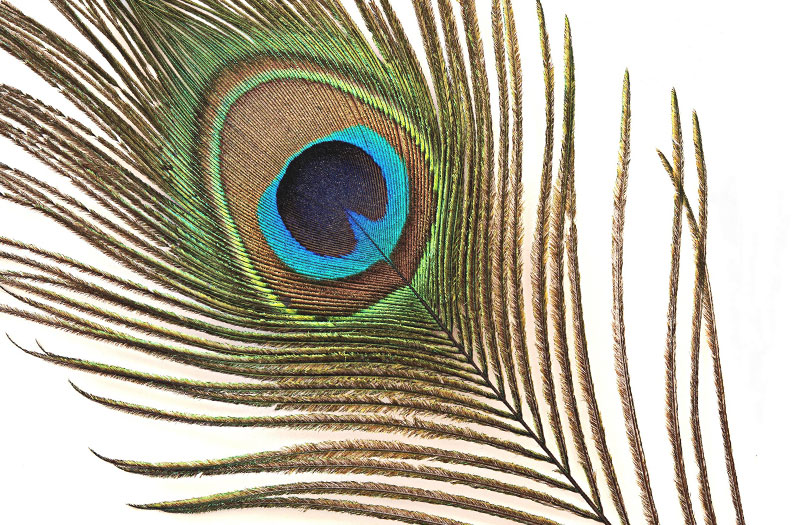 I could make this an incredibly short article by just writing the word ‘No’, but of course there’s more to the story than that. In this case, there is also a story behind the story. It explains why this issue is currently on my mind.
I could make this an incredibly short article by just writing the word ‘No’, but of course there’s more to the story than that. In this case, there is also a story behind the story. It explains why this issue is currently on my mind.
Last month, I had the unpleasant experience of discovering some mistakes in a document I had edited and sent back to a client. By the time I found them, the material had already been sent to production, so it was too late for any remedy. I was embarrassed and apologetic but also disappointed in myself. I regard all my work seriously and strive to ensure it is as free of errors as possible.
And I guess that is the point: as free of errors as possible.
I could recite a list of reasons why this oversight occurred, but to my ears they sound like excuses and poor ones at that. Nor would recounting them change what has happened. A more useful approach is to offer some reminders—for myself as much as for you—that may help prevent such situations from arising.
Here, then, are a few suggestions for doing a final check of your document before handing it over to an audience, your boss, a publisher, or even your editor.
1. Give yourself time
This is the simplest advice, and I’m sure you’ve heard it before. But you know what? It works. You first need to allow a reasonable amount of time to complete a thorough edit of your manuscript. The more practice you have with this, the more accurate you will be in determining how long this will take. When you have a fair estimate of the time required, grant yourself a bit extra. This is especially advisable for important documents. Then, whenever possible, allow a full day or at least a night between the penultimate and final proofreads of your text. You really do see things differently and will pick up on minor errors when you have some distance from the words.
2. Read it aloud
Yes, I know you’ve been told this one too. I find this strategy is effective for some people and less so for others. The trick is not just to read out loud but to actually listen to what you are saying. You won’t notice flaws in syntax and flow if you’re just droning away without paying attention. Read slowly and pause between paragraphs. Let your mind absorb the words and the way they work together. Hearing your writing can help you improve it, but do remember that that this approach may not enable you to spot typos or other visual inaccuracies.
3. Change how it looks
We’ve all had the experience of spotting a slip up just after printing sixty copies of a document, right? (Please tell me it’s not just me!) There you stand, papers in hand, staring at the error and wondering how you could have missed it during the twenty-eight read-throughs you did before printing. Why did you not notice it before? The answer is that you are now seeing it differently. If your material is brief enough to print, try doing that for your final proofread. If it is a longer document, change the size or colour of the type or put the text into a different font. You might also try saving it as a PDF and reading it onscreen. Sometimes that’s all it takes for mistakes to make themselves known.
4. Use a spelling and grammar checker with extreme caution
This tip comes with a hefty warning. Please do not under any circumstances rely solely on the built-in spelling and grammar checkers in your word processing program. While they may be useful in pointing out the odd grammatical glitch, their proposed corrections can be—with alarming frequency—just plain wrong. My advice is that you review with a measure of skepticism each item identified by the checker and really consider whether or not its recommendations are relevant, appropriate and accurate. If you are unsure, seek further clarification, either online or from someone who has some expertise with language.
5. Embrace subjectivity
Editing, like writing, perspective and style, is subjective. Although there are numerous rules governing language, their interpretation can be quite individual—not to mention idiosyncratic. In practice, this means that what appears incorrect to me may be perfectly acceptable and even preferable to someone else. Perhaps in that sense, mistakes themselves can be considered as subjective, existing only in the eyes of those who behold them.
6. Be human and humble
These ideas are hopefully helpful, but in the end, my friends, it comes down to a simple truth. None of us is perfect and nor will our endeavours ever be, despite our best and most dedicated efforts. Mistakes in editing can be annoying, embarrassing and unfortunate, but they are very rarely fatal. When they do happen, acknowledge them, apologise for them, and amend them if you can. Above all, accept that you won’t always get it entirely right. It’s okay, though. You’re in good company.
For myself, I plan to practice all of the prompts I’ve shared here. Doing so won’t make me a perfect editor, but it will mean I am a human one, which is as good as I can be.
Have you ever made an editing error that you’re willing to share? Or has an editor ever missed a mistake in one of your manuscripts? What do you do to recover from such uncomfortable bungles?